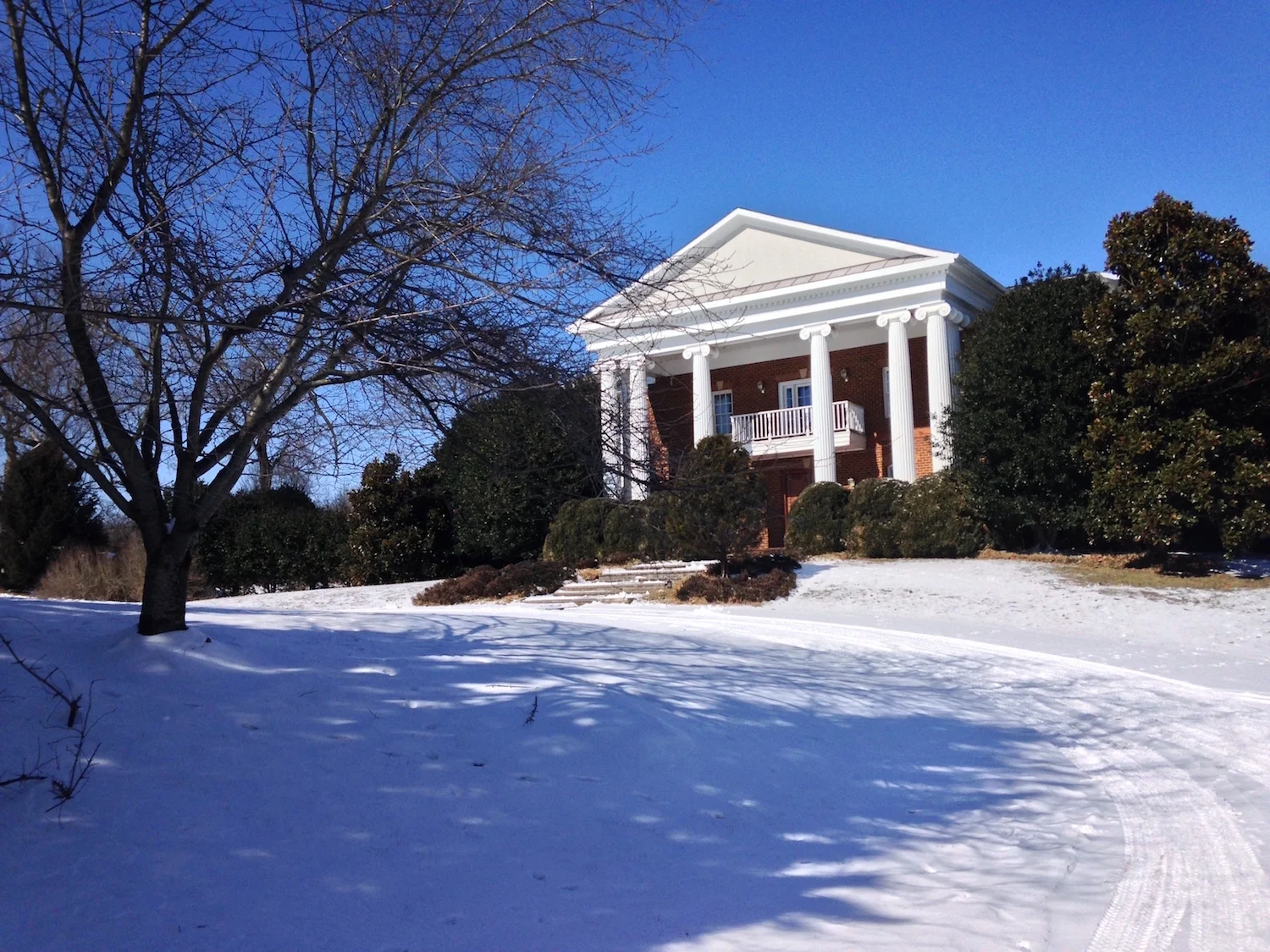What is Jeffersonian Architecture?
/Northern Virginia boasts a bevy of natural and historic beauty. From the breathtaking Blue Ridge mountain range of Appalachia, to the colonial architecture, to our appreciation of nature and all things wild and wonderful, northern Virginia is rich in soul soothing aesthetics. No one recognized the beauty of our region more than Thomas Jefferson, 3rd President of the United States.
Anyone who has visited Jefferson’s primary residence, Monticello, Outside of Charlottesville, Virginia, understands the appreciation Jefferson had of enduring beauty. From the gardens to the grounds to the home itself, Monticello is a grand display of enduring natural and architectural beauty. It’s as if the grandeur of the home and lush loveliness of the grounds echo Jefferson’s sentiment, “Whenever you do a thing, act as if all the world were watching”.
Jeffersonian style of architecture dates back, obviously, to the mid-to-late 18th century, when Thomas Jefferson himself began building and rebuilding his homes and retreats. Many of the changes Jefferson, a self-taught architect, made to his Monticello home, were ideas he had garnered in France and Italy during his tenure as ambassador in Europe.
Hallmarks of Jeffersonian Style
While Jeffersonian architecture is notably a combined aesthetic of French and Italian influence, it’s most readily recognized by a few distinctive characteristics:
- Red Brick - Central Virginia’s soil is primarily red clay. These bricks reflect the local environment, and make use of original resources readily available in the late 18th century.
- White Columns - White painted columns, with classic moulding, are easily the most recognized characteristic of the Jeffersonian style of architecture. The columns stand out against the red brick and bespeak the elegance of this classic accoutrement. The Jefferson-Style elongated white columns are repeated throughout the region and considered uniquely inspired.
- Serpentine Walls - Inspired by Italian and French undulating exterior walls, the classically Jeffersonian serpentine walls are ingenious. The graceful weave of the bricks creates a serpentine pattern, which reinforces the strength of the wall itself, while lending a graceful appearance to the home’s exterior.
- Arches - Authentic Jeffersonian architecture makes great use of the arch, both inside and out. Arches offer the perfect complement to the dignified columns gracing the home’s exterior and entryway, and create an open, polished air to the homes interior.
There are several additional interior characteristics of Jeffersonian architecture as well. The Italian-inspired mezzanine to replace a full second story is a fine example of forward-thinking use of space. Palladian windows allow natural light to flood the home, and a large central hall, and atrium foyer are architectural devices still popular today, more than 225 years later. Proving, architecturally, Thomas Jefferson truly was the “Sage of Monticello”.
Beautiful Example of Jeffersonian Architecture
For a taste of Jefferson’s graceful and unmatched style and elegance, consider hosting your next event at Rose Hill Manor. Our classic Jeffersonian manor sits on 23 idyllic acres, making Rose Hill the ideal venue for weddings, corporate events, retirement parties, bar mitzvahs or any event. Contact Rose Hill Manor, in lovely, historic Leesburg, VA, to plan your next event to remember.



